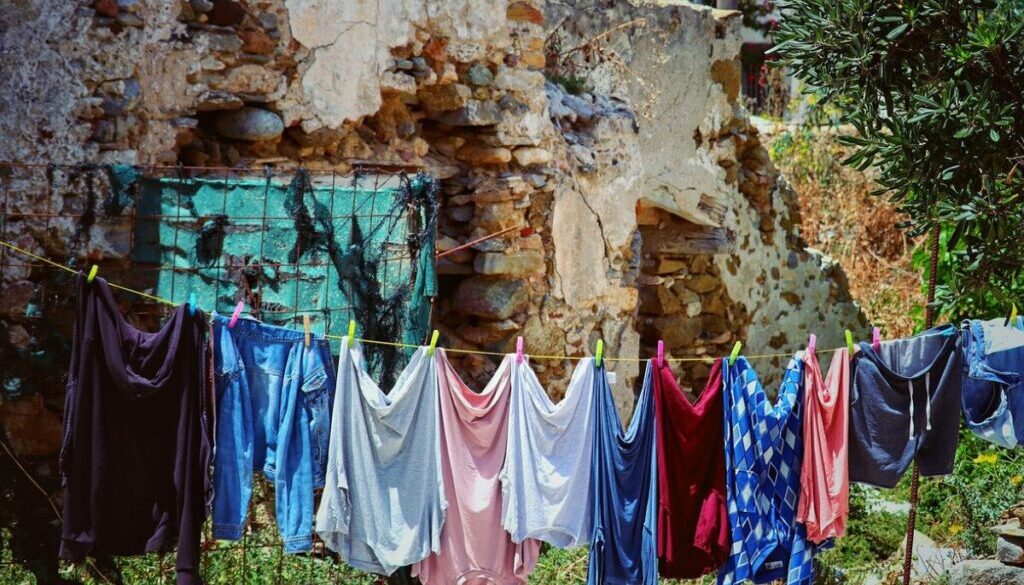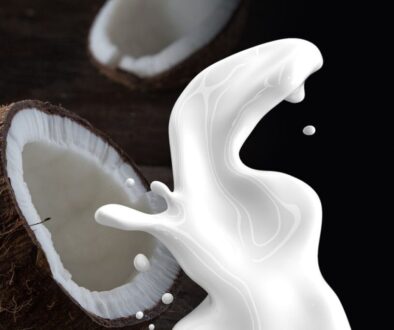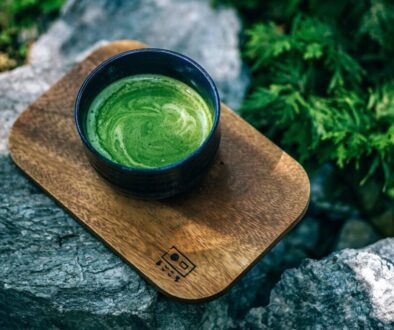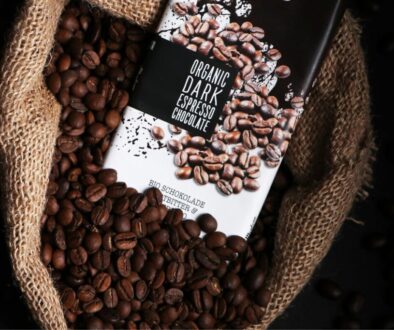Laundry: A Dirty Secret
Picture by Thomas G. on Pixabay
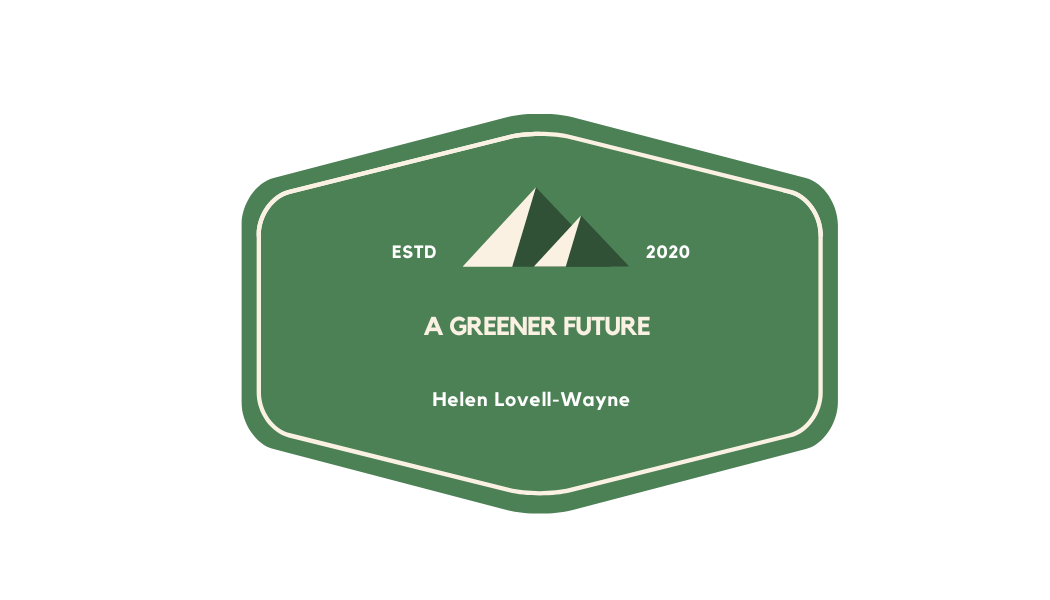
By Helen Lovell-Wayne, MS
https://www.linkedin.com/in/helen-lovell-wayne/
https://www.instagram.com/hwlovell/
hlovell@gmail.com
The purpose of this article is to educate consumers about their current laundry product choices. Hopefully, with enough demand from consumers, industries will supply safer and more sustainable products.
Every day, people in the developed world pour toxic compounds into their washing machines and don’t think about the long-term consequences of these actions on the ecosystem. These compounds affect microorganisms and work their way up the food chain. Eventually, these compounds can cause medical problems and even starvation with for both people and other higher organisms. Fortunately, there are simple ways of changing the way the developed world cleans its laundry that don’t cause serious harm to the ecosystem.
🌰History of Laundry Detergent💦
In ancient times doing laundry was simple. Most stains were water soluble so the clothes were simply placed in water and scrubbed. This technique worked for the majority of stains. (Nidhi Gupta and Seema Sekhi, 2014) . In some circumstances, this routine didn’t work, such as an oily non-water non-water-soluble stain. These stains got treated with chestnuts or other plants containing saponins (Nidhi Gupta and Seema Sekhi, 2014).
With the advent of washing machines, it became apparent that hot water significantly improved soap’s cleaning power. However, the chemicals involved in laundry did not change until the First World War. At that point, a shortage of animal fat and vegetable oils resulted in the invention of synthetic detergents ( Divya Bajpai and V.K. Tyagi , 2007 ). However, synthetic detergents did not attain widespread adoption until the Second World War (Nidhi Gupta and Seema Sekhi, 2014).
🪥 Surfactants 🛁
Surfactants found in synthetic detergents cause an enormous amount of environmental damage. These compounds are also currently used in toothpaste, shampoos, and bubble baths. They can also be found in hair conditioning products and antiseptics (Jasna Hrenovic and Tomislav, 2007). Surfactants used in these products make their way into our water systems, a trend that does not appear to be abating. Consumer demand for alternative products could reverse this trend.
Unfortunately, the surfactants found in these products do not disappear when they turn into grey water and head toward the water treatment plant. Some of the short-term damage they cause includes inhibiting the growth of helpful green algae and marine diatoms. They can also affect the motility, mobility, speed and cell shape of beneficial microorganisms (Azisullah Azuzullah et al 2012 ).
☠️ Problems with Surfactants in Laundry🤢
Long-term exposure to surfactants found in detergents includes: damage to photosynthetic efficacy and cell growth. Surfactants can bind to various proteins and negatively affect the physiological and biochemical processes in a cell. Meaning the cells can’t function properly. Surfactants may also interfere with the fatty acids of a cell (Azisullah Azuzullah et al 2012) . More disturbingly, surfactants impact microorganisms’ feeding ability (Jasna Hrenovic and Tomislav, 2007).
Ecosystems depend on the microorganisms for food and nutrients for larger multicellular organisms. The intricate web of life relies on healthy microorganisms; their decline has a profound and detrimental impact on all organisms in the ecosystem. With fewer microorganisms, there is less food to go up the food chain. The food that is available is contaminated and can reduce the efficiency of the higher organisms like humans. In the long run, there will be less quality and quantity of food for people.
🧼Possible Laundry Solutions 🍃
Recently, there has been an increased awareness of the environmental problems caused by laundry detergents. Many of the top brands have created an environmentally friendly version of their product. Unfortunately, some companies engage in “greenwashing” and their product is not any better for the environment. Here are a few things to look for when buying laundry detergent. Detergents should contain baking soda, borax, soap flakes or washing powder. These ingredients produce the same result as surfactants without the environmental harm. The cost of the environmentally friendly detergents in most cases is the same, and sometimes less than that of the ones that cause harm.
Some companies have taken environmentally friendly laundry to another level. They use biosurfactants. These are surfactants that are created from plants (Q Hemy et al 2020). These are environmentally friendly surfactants. One of the most popular surfactants produced this way is Methyl Ester Sulfonate (Q Hemy et al 2020) . Look at the label of the laundry detergent, and if it contains this product, it is in fact environmentally friendly.
🌽Laundry Conclusion🍋
A truly ambitious environmentalist can create their own laundry cleaning product. In this way, they can avoid creating more sulfacants to the ecosystem, and they know exactly what is in the product they are using. In the non-Western world, there are plenty of options, including using soapnut, dried maize, or agave (Nidhi Gupta and Seema Sekhi, 2014). Options in the Western world the use of baking soda, borax, soap flakes, or washing powder as a base. Then add lemon juice for bleach and white vinegar for deodorizing the laundry (Jasna Hrenovic and Tomislav, 2007). If the smell is not pleasant, the environmentalist can add essential oils to the water.
Laundry has been a chore that people have done for centuries. Until relatively recently the consequences have merely been clean clothes. Due to “advancements,” our laundry can end up starving and weakening the entire human race. By changing our habits and using different products, we can help preserve the planet for future generations.
